This guest blog is written by Jack, one of our longest-serving employees, and a key member of our Training & Development Team.
Direct Trade is a cornerstone of what we do at Rare Tea; over the last 15 years Henrietta has done an outstanding job of sourcing all our tea and herbs from all corners of the world, and we now have a collection of over 100 with more arriving every month.
A key part of my role is training staff, and storytelling is a large part of that - to have the most impact I wanted to make my own stories; in 2018 I visited the Satemwa Estate in Malawi and the Tregothnan Estate in Cornwall - truly invaluable and inspirational experiences.
At the end of 2019 I made my way to Kathmandu in Nepal. The Jun Chiyabari Tea Garden was next!
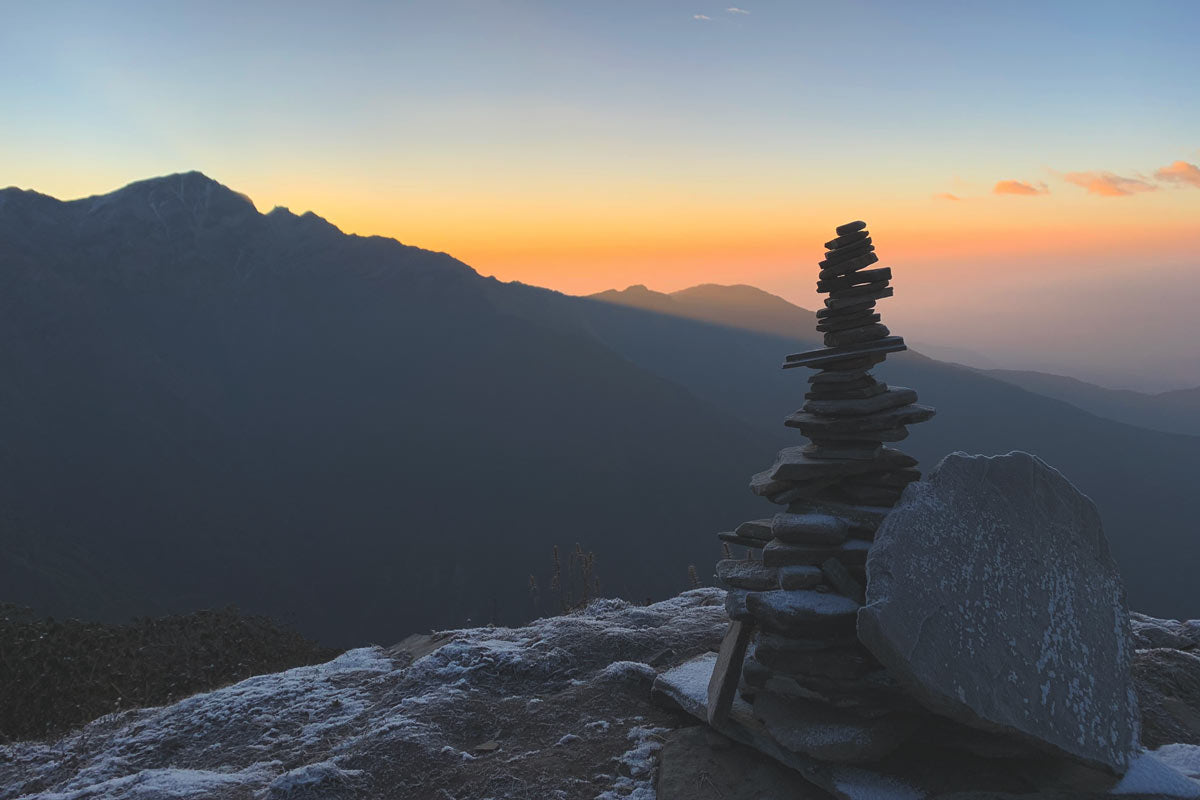
However, it turns out Bachan and Lochan (owners of Jun Chiyabari) are not just in the business of crafting beautiful loose leaf tea - they also run and operate a travel company - Four Season Travel and Tours. If you're planning a trip to Nepal, I highly recommend getting in touch with them. You can find more information by going to the Four Season Travel & Tours website.
With Four Season I organised a 9-day trek through part of the Himalayas, the Mardi Himal Trek, that begins in Pokhara. A chap named Pasang was our designated guide – more than anything his knowledge of the mountains and the history of Nepal was fascinating. Over the course of 9 days we reached around 4500m above sea level. Staying in basic tea houses along the way and eating the famous dal bhat for breakfast, lunch and dinner. "Dal bhat power – 24 hour, no hot shower" was the rallying cry sang with Pasang most mornings. The route meandered through rhododendron forests, dense shrubbery and snow-capped peaks on the final day. The views of the Annapurna range, particularly Machapuchare (the sacred mountain and in the Hindu religion, the home of Lord Shiva) were totally breath taking.
After the trek, a few slow days were spent in Pokhara and then Kathmandu. Jun Chiyabari is located out in Eastern Nepal and to maximise time we few to Biratnagar Airport and were then picked up for the 2-3 hour drive north to the Tea Garden.
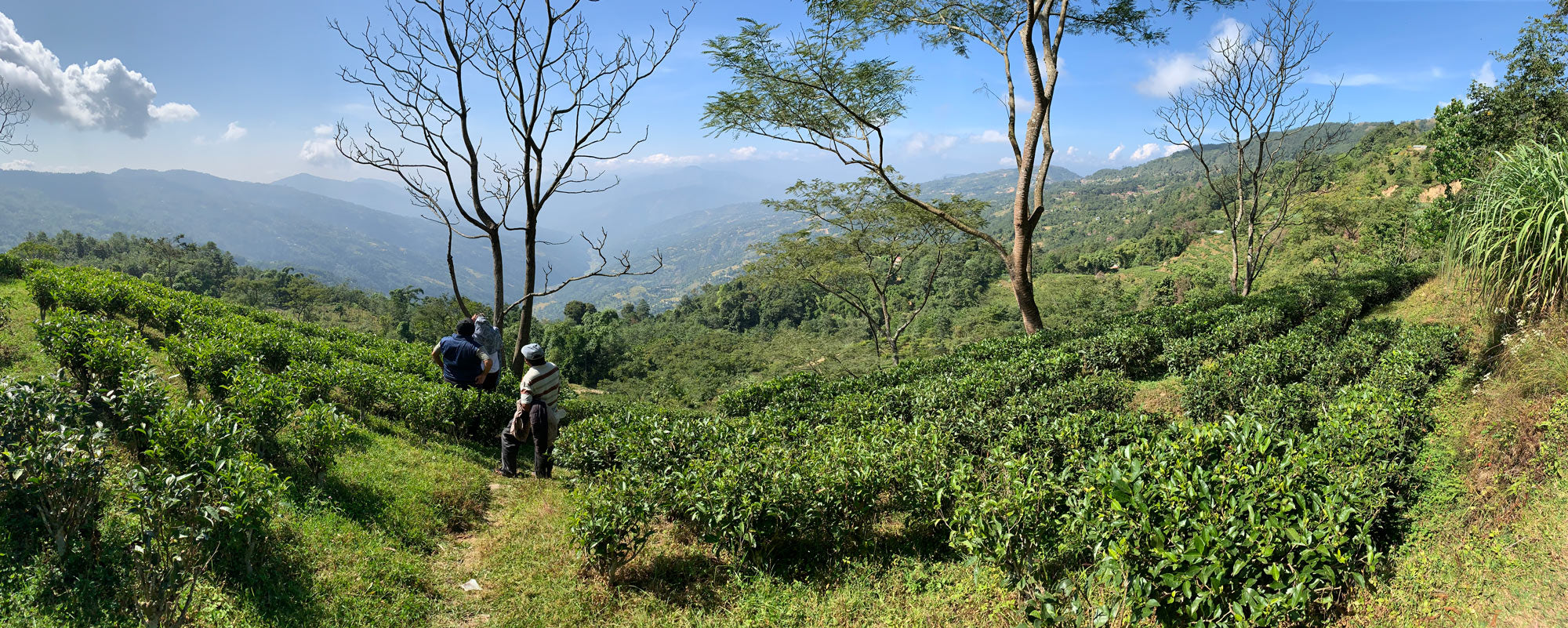
I spent 4 peaceful days with Bachan and Morris; learning their tea manufacturing processes, hearing their stories and tasting different batches of tea throughout the day. They welcomed me with open arms and were endlessly generous and helpful. Below is a quick history of the garden, what they've been up to and some points I found particularly interesting...
The Jun Chiyabari Tea Garden (Moonlit tea garden – Jun means "moon" in Nepali) was started from scratch by 2 brothers, Bachan and Lochan Gyawali in 2001.
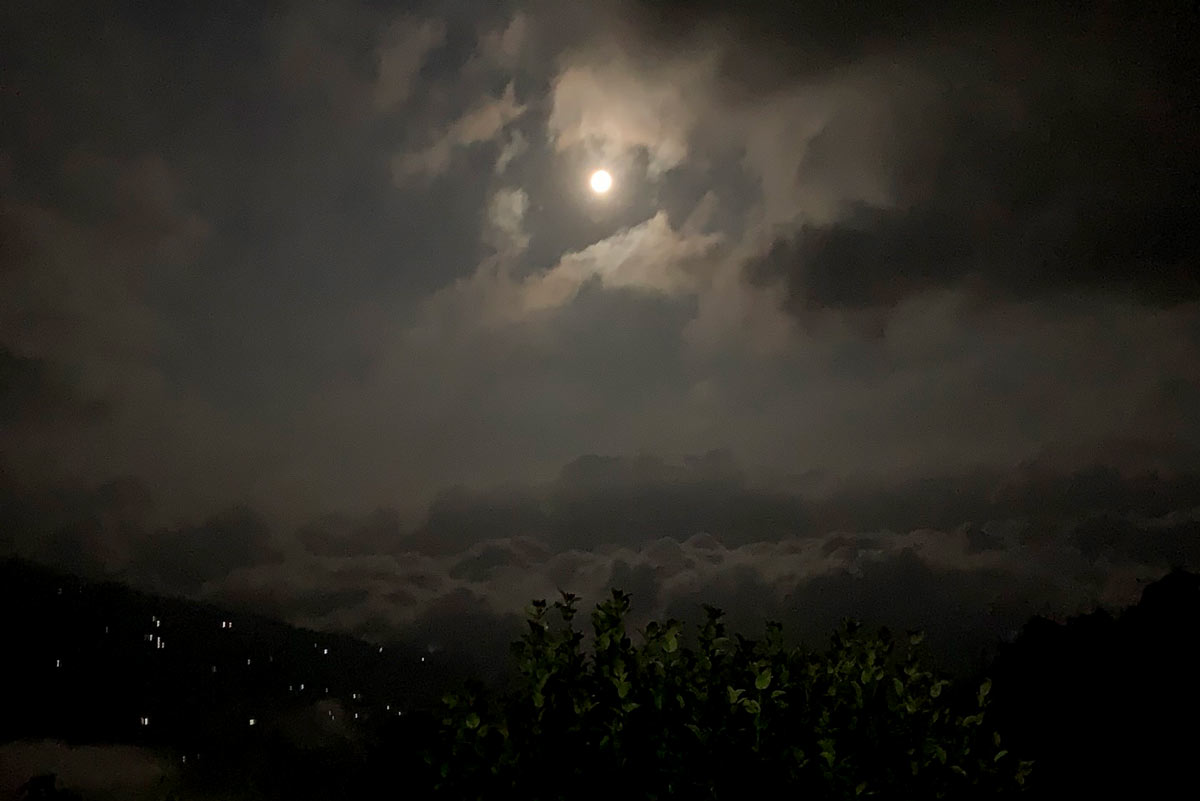
The tea garden is in the Dhankuta district near the small village of Hile – the range in elevation is 1650-2110m above sea level. They now employ over 200 local people, the majority of who are women. Over the years they have slowly been purchasing different plots of land as and when they come up for sale. As a result, the tea garden is made up of 96 hectares spread over 5 divisions throughout the hills – this mixed range of terroir exemplifies the unique flavour of their finished teas.

The underlying philosophy of Jun Chiyabari is respect for produce, people and place. From day one the garden has been "organic"; however, it was in 2012 when IMO Switzerland granted the official certification. The model that Jun Chiyabari most aligns with is "natural farming", an approach popularised by the Japanese philosopher/farmer Masanobu Fukuoka. It's a minimalist approach in operations and human intervention, conforming with natural ecosystems and local biodiversity.
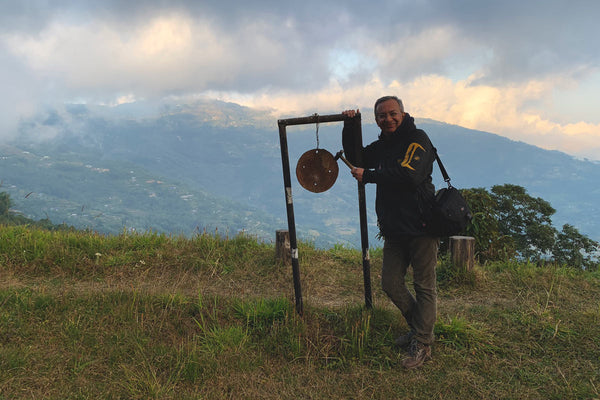
In the beginning, many of the cultivars planted came from Darjeeling, however after intense learning and trial and error Jun Chiyabari now places special emphasis on mixed cultivar - you'll find a mixture of cultivars and varietals from India, China, Japan and Taiwan. Today, they're even starting to create their own – JO – Jun Chiyabari Original.
Tea language is a very important part of the tea philosophy at Jun Chiyabari – they prefer not to use the term "orthodox" (rolled by hand or small machines) to describe the type of teas they are making – they would rather be known for crafting "high mountain teas". You also won't find any of the Indian tea grading such as "TGBOP" (Tippy Golden Broken Orange Pekoe). Jun Chiyabari is not part of this Indo-British history – they are carving their own path!
In similar fashion you won't find any teas named "oolong" as this is a Chinese/Taiwanese term and usually linked to certain cultivar types and unique processing steps – instead they opt for "lightly oxidised", "partially oxidised" and "highly oxidised" when describing their teas.
Another step taken to distance themselves from traditional tea making techniques was the decision to import machines from Taiwan and Japan - a first in Nepal.
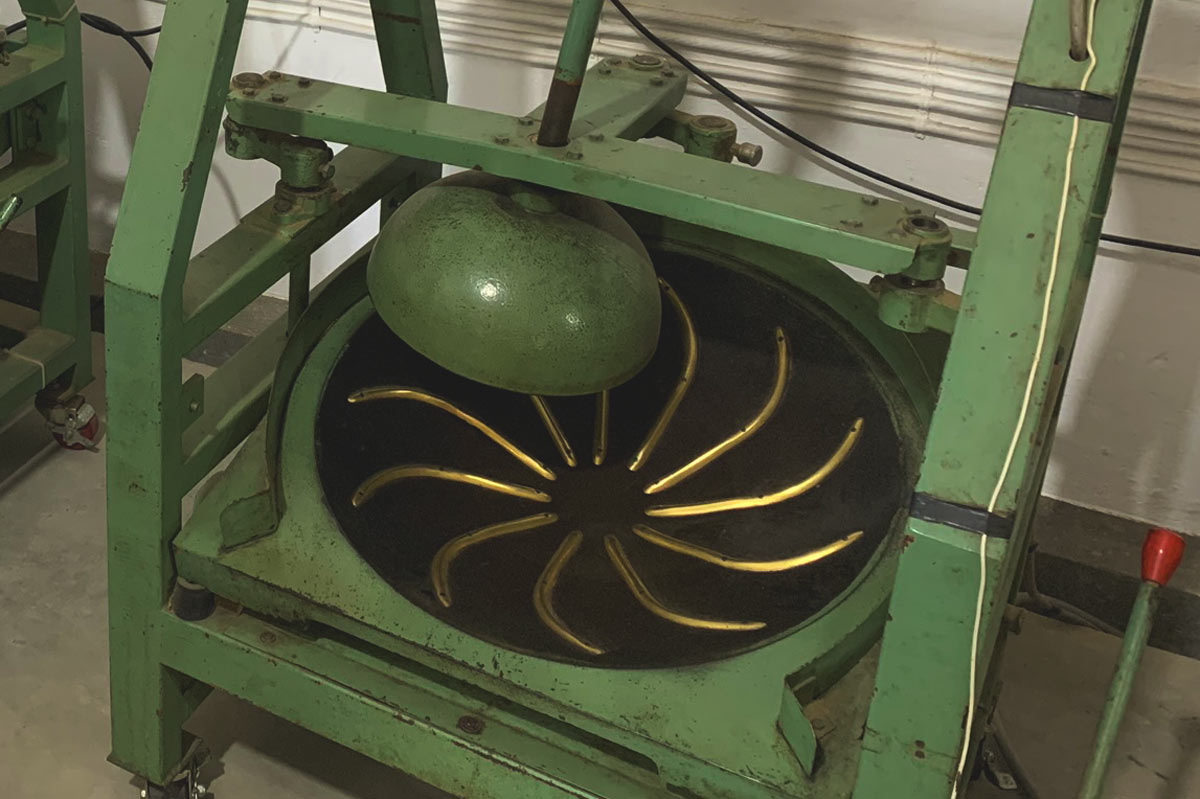
There are six harvest seasons at Jun Chiyabari, allowing them to produce a wide array of speciality teas along the oxidisation spectrum. The dates of the harvest vary and depend on the climate and weather; however, they usually fall within these parameters:
Early Spring: March
Spring: April - early May
Dormancy period: mid to end of May
Early Summer: June - mid-July
Summer: Mid-July - September
Autumn: October - November
Winter: December
The handcrafted teas being produced from their high elevation leaves use a variety of expertise and techniques. Morris Orchard and the team have honed their skills over the years, developing unique (and some secret) production methods; each recipe is artisanal and distinctive. However, "recipe" is a loose term as they rarely focus on specific timings when withering and oxidising the leaves because many external factors come into play; instead they use their senses at every step – sight, smell and touch. Tea making at its finest.
It's not just about making some of the world's finest teas at Jun Chiyabari – one of their core philosophies is to be an active and integral part of the local community. While employment is critical for providing financial independence, Bachan believes that "...an educated citizenry is singularly the most important asset that a nation can have. We view investment in education in the same way as our nurturing of young tea saplings that grow to become mature, healthy bushes that produced quality teas".
We're extremely proud to partner with the Jun Chiyabari Tea Garden and share their teas with you. I am so grateful that they allowed me to visit the garden and am so thankful for their hospitality. You can find out more about what they do by going to the Jun Chiyabari website.




